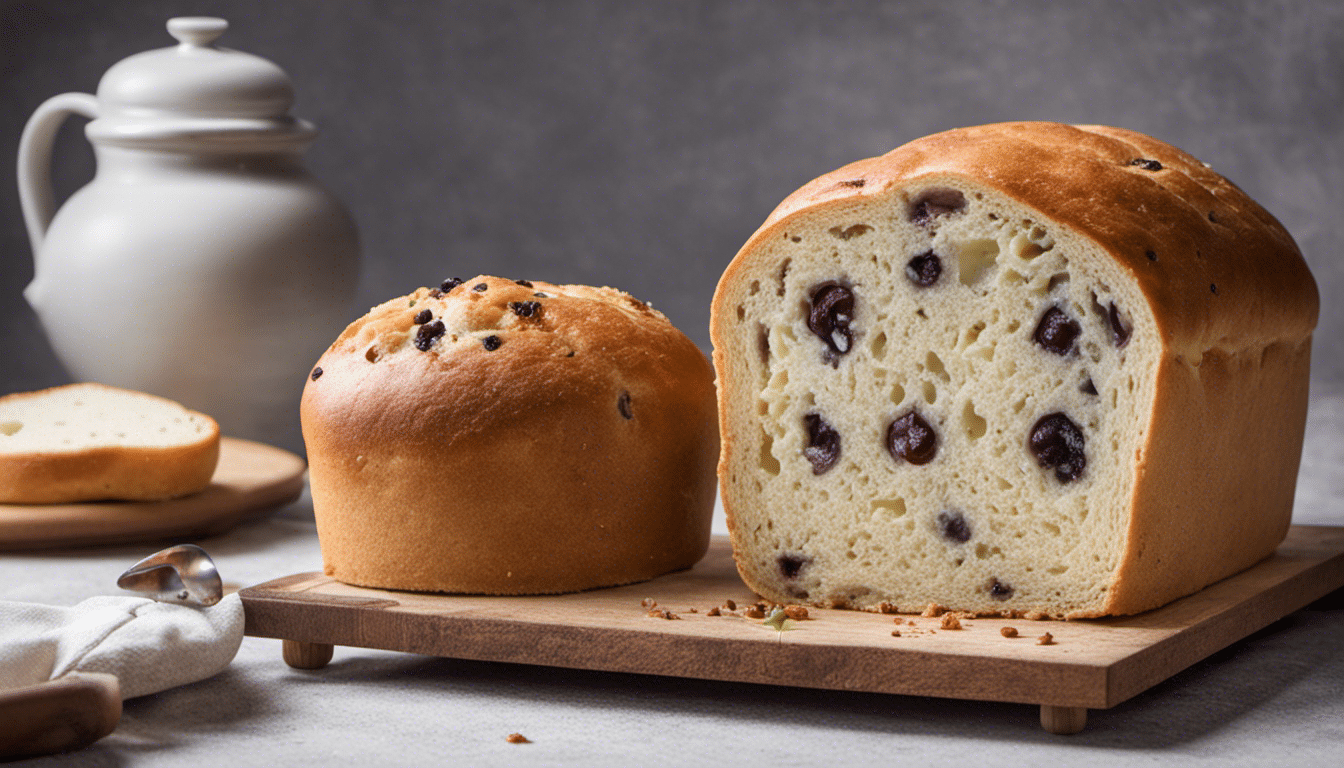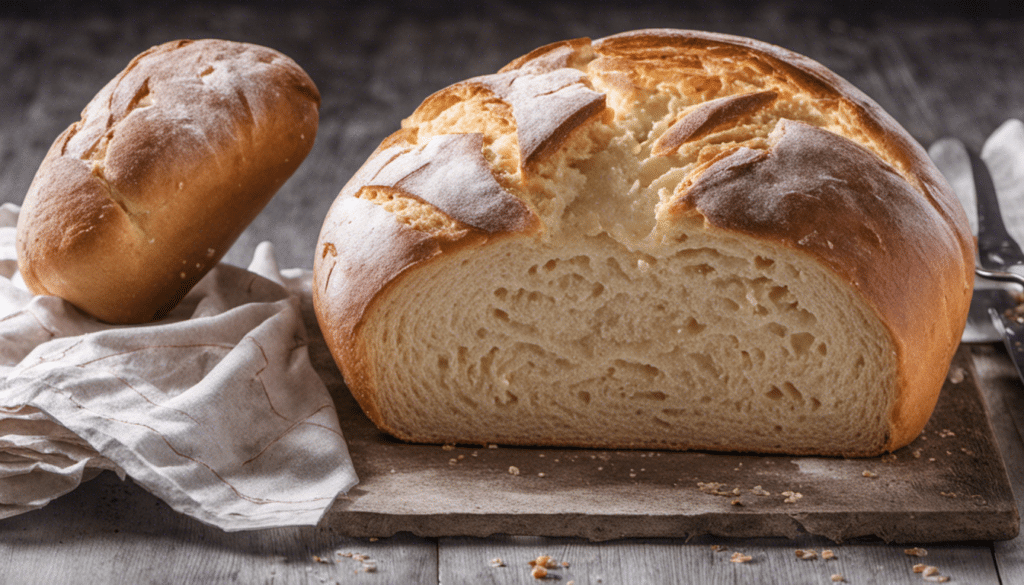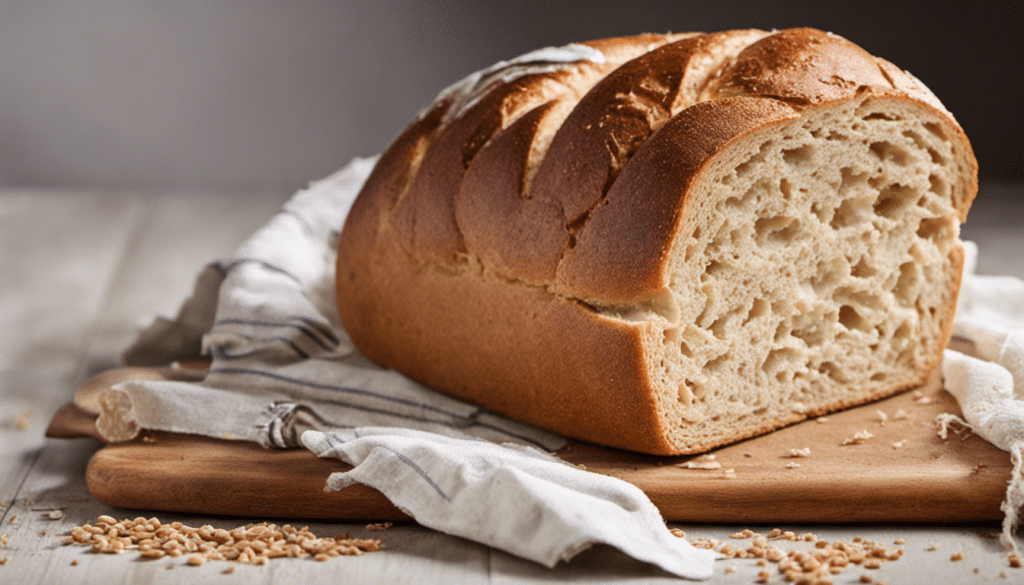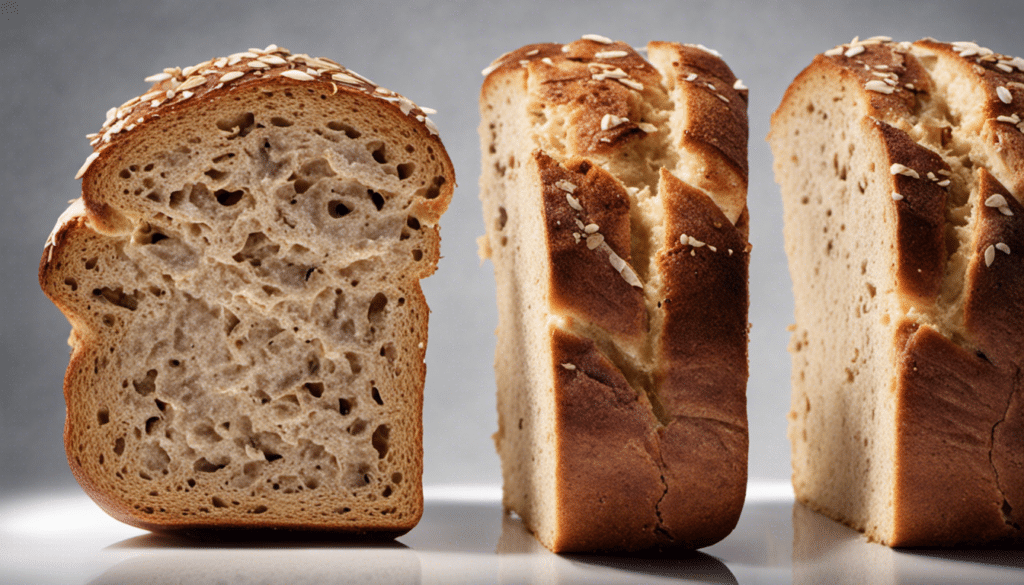| Prep: 2 hours | Cook: 45 mins | Difficulty: Moderate | Serves: 6 |
| kcal | fat | saturates | carbs |
| 526 | 19g | 7g | 83g |
| sugars | fibre | protein | salt |
| 43g | 3g | 12g | 0.21g |
About Kulich
Just as the sun rises and sets each day, so too does the art of bread making transcend cultural and geographic boundaries. In the wide array of breads, one stands out for its rich overtones, festive flavor, and deep-rooted cultural significance – the humble yet dignified Kulich.
Distinctively cylindrical and studded with candied fruits or nuts, Kulich is the undisputed centerpiece of a traditional Russian Easter meal. But its allure isn’t confined to just these annual festivities, and therein lies its charm; the [Kulich](https://en.wikipedia.org/wiki/Kulich) welcomes you into a universe of flavor and tradition that goes beyond religion or celebration.
With the first taste of this bread, you are greeted by the delicate dance between the sweetness of the sugar and the richness of the milk, further accentuated by the subtle citrusy notes lent by the vanilla extract and lemon zest. Slivers of almonds add an unexpected yet delightful crunch, contrasting beautifully with the soft and tender bread.
Tradition Meets Art in Baking
The ingredient list is but a mere blueprint of the final grandeur. Underlying the preparation of Kulich is a symphony of tradition that transforms these simple ingredients into a work of edible art. Each step, from the proofing of the yeast to the incorporation of fruit and nuts, reflects a precision-etched process honed through centuries, going beyond the realm of baking to touch the edges of history and culture.
A Festive Verse in Every Slice
Though the Kulich shares similarities with other Easter breads such as the Italian [Panettone](https://en.wikipedia.org/wiki/Panettone) or the Greek [Tsoureki](https://en.wikipedia.org/wiki/Tsoureki), its defining quality is its unique texture and taste profile. It effortlessly marries the airy lightness one would find in a brioche with the fruit-loaded lavishness of a fruitcake.
The versatility of Kulich shines through at any mealtime, majestically holding its own in a gourmet breakfast spread, a hearty brunch or as a sweet evening nibble. It pairs beautifully with a dollop of [Paskha](https://en.wikipedia.org/wiki/Paskha), a traditional Eastern Orthodox Easter dish, or alternatively, it can be enjoyed with a simple pat of butter and a cup of hot tea.
The crowning glory of this celestial bread is its ornate topping – a glossy white glaze, left to cascade down the sides like rivulets of sweetness. The finishing flourish of colored sprinkles is not only a nod to the festive spirit but also adds a joyous pop of color, much like confetti flung in celebration.
Ultimately, to know Kulich is to understand the celebration of life itself – its ingredients coming together in a harmonious blend of flavor and texture, embodying the essence of tradition, festivity, and gastronomical artfulness.
What You’ll Need
- 2 teaspoons of active dry yeast
- 1/2 cup of warm water (110°F)
- 1/2 cup of granulated sugar
- 3/4 cup of warm whole milk (110°F)
- 3.5 cups of all-purpose flour
- 1/2 teaspoon of salt
- 6 tablespoons of unsalted butter, softened
- 3 large egg yolks, at room temperature
- 1 teaspoon of pure vanilla extract
- 2 teaspoons of lemon zest
- 1/2 cup of mixed candied fruit, chopped
- 1/2 cup of blanched sliced almonds
- 1 large egg, beaten (for brushing)
- 1.5 cups of confectioners’ sugar (for glaze)
- 2 tablespoons of lemon juice (for glaze)
- Colorful sprinkles (optional, for decorating)
Method
Step One
First, dissolve the active dry yeast in warm water and let it sit for about 10 minutes until it becomes frothy. During this time, you can also warm up the milk.
Step Two
Combine the yeast mixture, sugar, and warm milk in a large bowl. Stir until sugar is dissolved.
Step Three
Add 2 cups of flour and the salt to the bowl and mix until smooth. Add the softened butter, egg yolks, vanilla extract, and lemon zest, ensuring everything is well combined.
Step Four
Gradually add the remaining 1.5 cups of flour, mixing well after each addition. The dough should be soft and slightly sticky.
Step Five
Transfer the dough onto a lightly floured surface and knead it for about 5 minutes, or until smooth and elastic. Add the chopped candied fruit and almonds, ensuring they’re evenly distributed throughout the dough.
Step Six
Place the dough in a greased bowl, cover it with a cloth, and let it rise in a warm place for about 2 hours, or until it doubles in size.
Step Seven
After the dough has risen, punch it down and shape it into a loaf. Place it in a greased and floured 2-pound coffee can or kulich pan. Cover it again and let it rise for about 1 hour, or until it reaches the top of the can.
Step Eight
Brush the dough with the beaten egg and bake it in a preheated 350°F oven for about 40-45 minutes, or until golden brown and a toothpick inserted into the center comes out clean. Let it cool on a wire rack.
Step Nine
Meanwhile, prepare the glaze by mixing the confectioners’ sugar with lemon juice until smooth. When the kulich is completely cooled, drizzle the glaze over the top and decorate with colorful sprinkles if desired.




